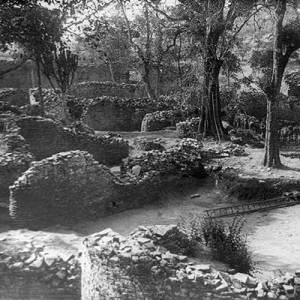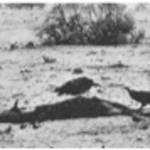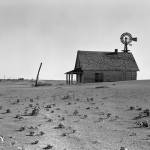Civilization Collapse, The Dust Bowl
1930s • U.S.A.
"The Dust Bowl was actually a series of dust storms that ran through the Great Plains of the United States and Canada beginning in 1933. Farmers in the American Midwest were encouraged to develop marginal lands to meet the demand for food and fiber that the Great War and its aftermath had created. At the same time many Midwest farms became 'overcapitalized' relative to the actual carrying capacity of their lands. To cover the expenses of tractors, listers, and a new generation of plows, farmers tried to press as much land as possible into production. When the United States fell into the Great Depression at the end of the 1920s, prices for food dropped and farmers had to cultivate even more marginal lands to pay their debts. Once these lands were striped of the natural vegetation, they either fell out of production or the continuous plowing exposed the soil, making it vulnerable to the ferocious winds of the American Midwest. Damage might not have been as acute had these events not coincided with a period of prolonged drought."
Uekötter, Frank. "The Turning Points of Environmental History." Pittsburgh, PA: University of Pittsburgh, 2010. 149. Print.
"Dust Bowl farm. Coldwater District, north of Dalhart, Texas" Texas, Dorothea Lange, 1938, courtesy of The Library of Congress, LC-DIG-fsa-8b32396.
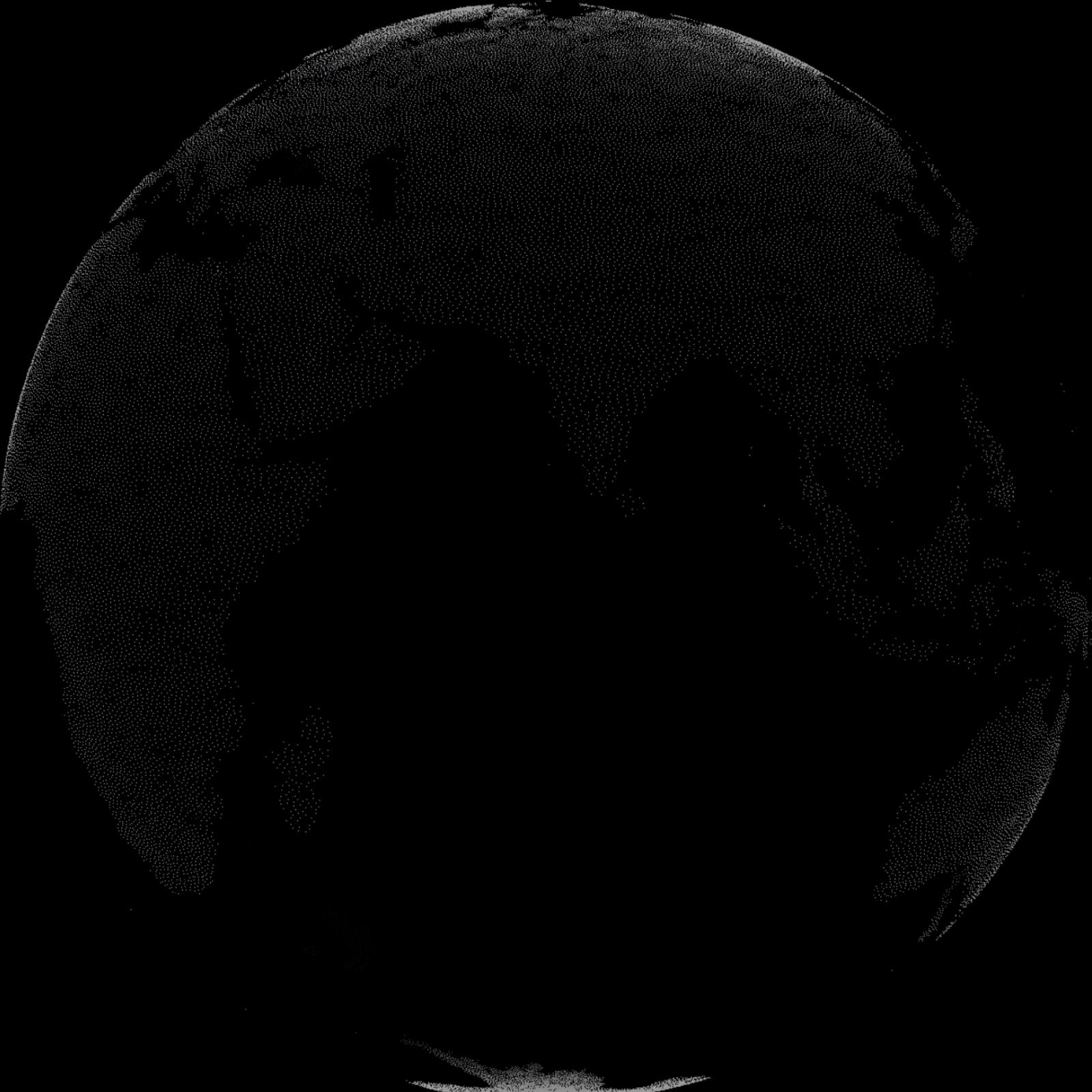

Learn about Maya Lin’s fifth and final memorial: a multi-platform science based artwork that presents an ecological history of our world - past, present, and future.

Discover ecological histories and stories of former abundance, loss, and recovery on the map of memory.
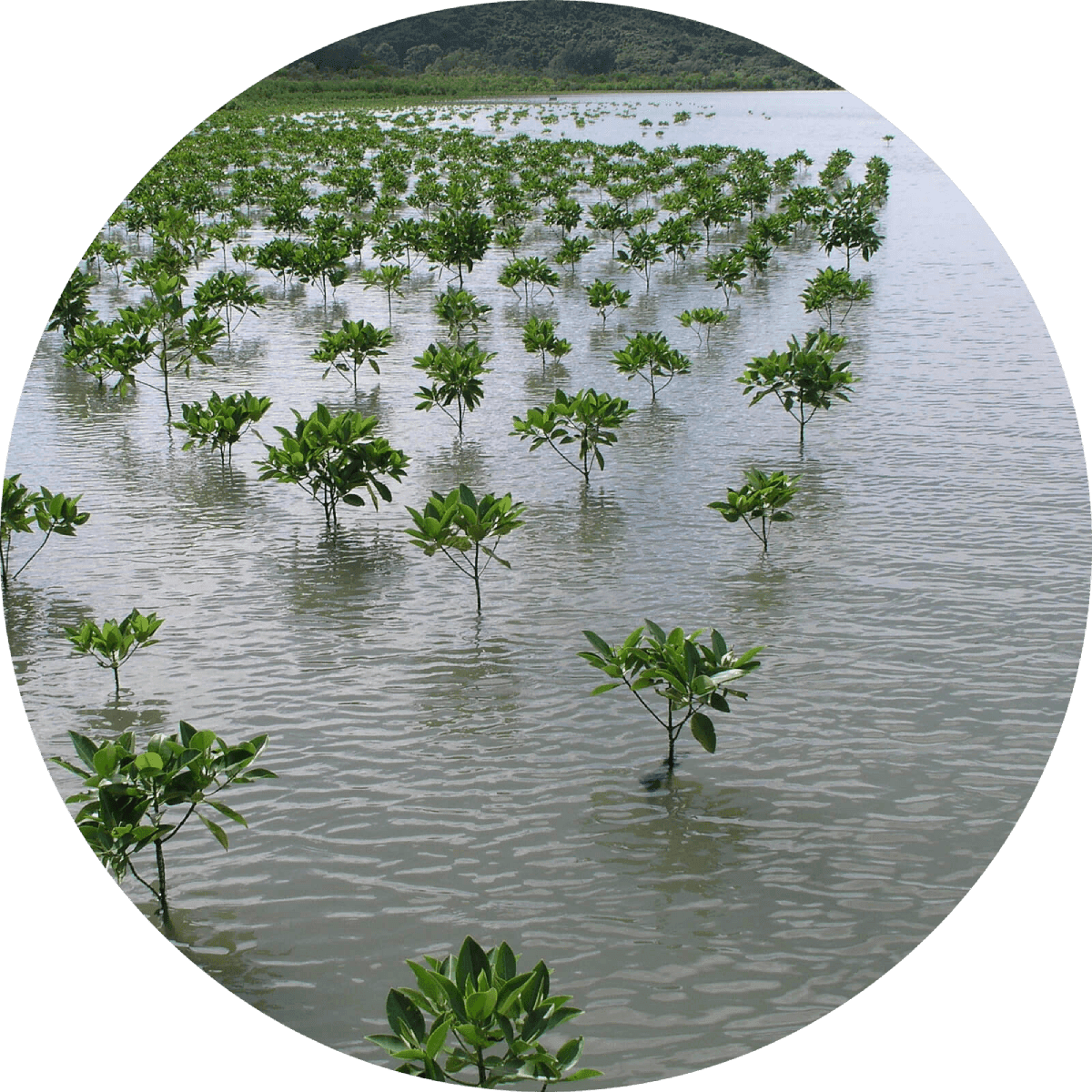
Learn how we can reduce our emissions and protect and restore species and habitats – around the world.

See how art can help us rethink the problems we face, and give us hope that each one of us can make a difference.

Help make a global memorial something personal and close to home. Share your stories of the natural world.
